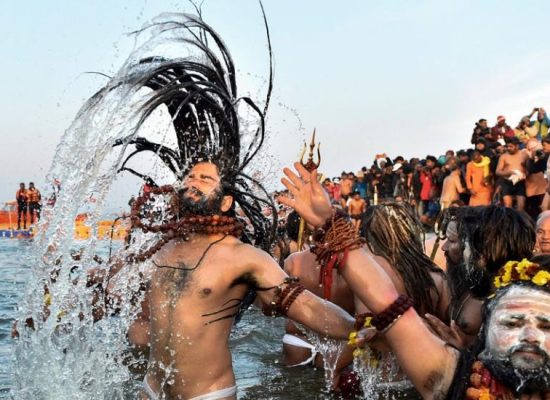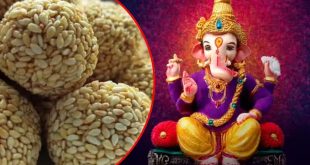
Maha Kumbh goers in Prayagraj, Uttar Pradesh, are especially drawn to Naga Sadhus who don’t wear any clothes at all while Baba Khandar turned the state into one of the truest forms of hosting the festival. Naga Sadhus, who smear ash all over their bodies and belong to a sect, are somewhat of a mystery due to how elusive they are. The whereabouts of these sadhu saints remain unknown, for they emerge from the shadows only during the Maha Kumbh, and after the event ends, they vanish. In this segment, we will delve into understanding how exactly this enigmatic group of Naga Sadhus came into being, what they stand for, and how their thanks and final rituals are paid.
What rituals are performed in Naga Sadhus last rites?
Naga sadhus form an important part in the roots of Hinduism, and these rare individuals have fascinating traditions of intense lifestyle of sacrifice and regulation. Naga sadhus do not follow the same regressive principles when it comes to the last rites. In fact, there are a host of methods employed in place of normal cremation, or what is deemed firmer. They employ ‘Jal Samadhi’ or ‘Bhoo Samadhi’ in lieu.
As we discuss Samadhi Bhumi Daan
The Naga Sadhu’s final rituals involve a ceremonial bath in either the Ganges River or any river of equal sanctity and subsequently commence with the application of Marya. After such Marya is performed, the Nagas take turns bearing the deceased along with the sacred relics to the Samadhi Stal where a hole is dug catering to the desires, ceremonies and customs dictated by the honorable Sadhu. Such sobering activities are a requirement since the IMO of the Sadhu is cemented in bearers of the relics, until finally it emerges as sand being filled back into the divined hole.
Furthermore, we’ll examine how exactly Jal Samadhi Bhumi Daan is bestowed
Particularly the Ganga river, if a Naga Sadhu expresses his desire prior to his death that he wishes to attain the Jal samadhi within its sacred waters, he must be commanded to tumble into the ocean. Though, which type of Samadhi a Sadhu is bestowed with depends on the decree of the Akhara.
In the Naga Sadhus’ tradition, the deceased Sadhu expresses participants’ desire for both Havan and chanting of mantras to be done prior to the Naga Sadhus’ Jal Samadhi; only then can the Sadhus of the Akhara partake in it.
Why does the dead Sadhu’s body not get cremated?
Naga Sadhus consider their corporeal selves to be composed of the five elements of nature, namely water, earth, fire, air, and ether; once they die, their physical form gets seamlessly merged with these elements. Hence as a final resort, Jal or Bhu Samadhi is done for the Naga Sadhus.
What was the reason for the formation of the Nagas Sikhs?
Naga sadhu disowns everything as he does austerity that is a tad difficult to comprehend. These Sadhus are claimed to be the most holy amongst human beings. An ordinary man is able to become a Naga Sadhu after a period of roughly 6 years. Couple of years, they need to put in tough sadhana. They have to be totally engrossed in the service of their Gurus for many decades.
Even after 2000 years when Adi Shankaracharya established 4 monasteries, he is said to have created a group that was meant to defend the monasteries and suppress the badness, this group consisted of armed Naga Sadhus. From that point onwards up to the present day, the group of Naga Sadhus remain stationed for the defense of the nation and the faith and are virtually invisible.
 Lucknow Press
Lucknow Press
